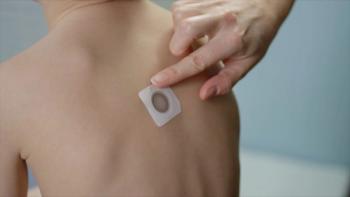
Exercise builds strong bones, but teens miss out
Physical activity in youth leads to stronger bones later on, but inactive teenagers, including most girls, may lose out on the gains, a study shows.
Physical activity in childhood leads to stronger bones later on, but inactive teenagers, including most girls, may lose out on the gains, a
The study also found that very active children might have strong bones as young adults, even if they don’t get much exercise as teenagers.
Researchers from the University of Iowa studied 530 participants in the
Girls and boys with the most moderate-and-vigorous physical activity (MVPA) throughout childhood had greater bone mass and better geometry at 17 years than less active young people. Very few participants, and fewer than 6% of girls, achieved high childhood levels of MVPA, however. By late adolescence almost all the girls were inactive. Boys also got less exercise as time went on but were more active than girls.
In early childhood, girls were active for an average of 46 to 48 minutes a day, but the amount of exercise dropped to 24 minutes a day by the time they were aged 17 years. Boys had average MVPA levels of 60 to 65 minutes a day at young ages, which decreased to 36 minutes a day by age 17 years.
The benefits of high preadolescent MVPA levels carry over into adulthood, even among youth who are less active in the teenaged years, the study suggests.
To get weekly clinical advice for today's pediatrician,
Newsletter
Access practical, evidence-based guidance to support better care for our youngest patients. Join our email list for the latest clinical updates.







